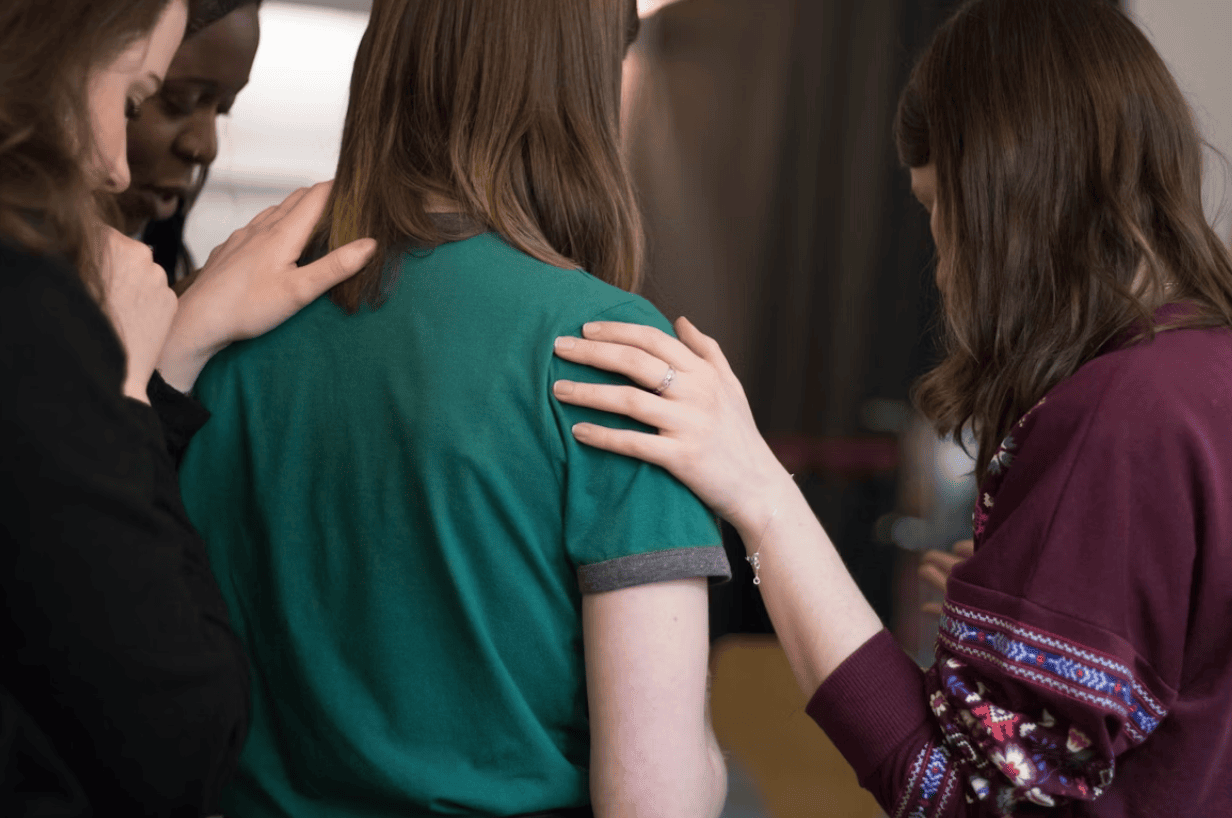
Sexuality Changes Postpartum Are Common
Sexual Function After Childbirth Can Be Restored With These Tips
In my last blog post, we explored the barriers many women face during the postpartum period regarding return to their sexual lives. Several physical, emotional, and relational components can delay the return to sexual activity, and the enjoyment of it as well. If you missed that post, check it out here.
A qualitative study of over 1000 women was performed in interview style to collect coping mechanisms new moms adapted to deal with all of the changes that come with the postpartum period that impact their sexuality. The women were found to have three different categories of coping mechanisms: emotional, relational, and physical. Summarized below are the common strategies used by women to recover their sexuality postpartum:
Emotional Strategies
- Enjoying time with oneself through walks, exercise, meeting with friends
- Exercise as a form of self care
- Attending meeting with other postpartum women to discuss their experiences and coping strategies
- Positive acceptance of the new situation
Quote from participant in the study, “I don’t care because I have something that makes up for it, right? That’s my daughter. And so, I… understand that my body has done wonderful things, and that I have to give it more importance than the purely aesthetic aspect.”
Relational Strategies
- Scheduling times to be intimate with their partners where they do not feel rushed
- Sharing household and childrearing duties to feel emotionally supported and closer to their partners
- Practicing good communication with their partners
Quote from participant in the study, “In my case, sexual desire has been directed more towards affection, the feeling of being understood, supported and accompanied. I don’t have a generalized sexual desire (neither with myself nor with others), but rather body, skin (caresses, massages). I think it is due to breastfeeding, to the dyad with the baby. I give the baby everything he needs, and sometimes, I would like to be the one who feels cared for and protected”
Physical Strategies
- Using lubricants. For recommendations and more information about choosing lubricants, see this blog post here
- Avoiding sexual positions that may lead to pain or discomfort
- Changing the pace or depth of penetration
These strategies were adopted when dealing with pain with sex or lack of lubrication. As mentioned in my prior post, these symptoms can be a result of hormonal changes while breastfeeding3. It is not uncommon for women to experience pain still at 6 months postpartum2. In fact in one sample, 1 and 5 women were still experiencing pain at 18 months1. Using these coping strategies, paired with pelvic floor PT can make the transition back to intercourse much more comfortable.
At Femina Physical Therapy, all of our physical therapists have specialized training to address the musculoskeletal components of your pain and will work with your other healthcare providers in a collaborative manner to maximize symptom-relief and improve your quality of life. Reach out to our team to get started.
Read more blog posts in this series: Barriers to Restoring Sexual Function After Childbirth and How Orgasm Improves Postpartum Pelvic Floor Function.
Resources:
- Delgado-Pérez E, Rodríguez-Costa I, Vergara-Pérez F, Blanco-Morales M, Torres-Lacomba M. Recovering Sexuality after Childbirth. What Strategies Do Women Adopt? A Qualitative Study. Int J Environ Res Public Health. 2022;19(2):950. Published 2022 Jan 15. doi:10.3390/ijerph19020950 https://www.ncbi.nlm.nih.gov/pmc/articles/PMC8775547/
- O’Malley D, Higgins A, Begley C, Daly D, Smith V. Prevalence of and risk factors associated with sexual health issues in primiparous women at 6 and 12 months postpartum; a longitudinal prospective cohort study (the MAMMI study). BMC Pregnancy Childbirth. 2018;18(1):196. Published 2018 May 31. doi:10.1186/s12884-018-1838-6 https://www.ncbi.nlm.nih.gov/pmc/articles/PMC5984394/
- Perelmuter S, Burns R, Shearer K, et al. Genitourinary syndrome of lactation: a new perspective on postpartum and lactation-related genitourinary symptoms. Sex Med Rev. 2024;12(3):279-287. doi:10.1093/sxmrev/qeae034 https://pubmed.ncbi.nlm.nih.gov/38757214/
